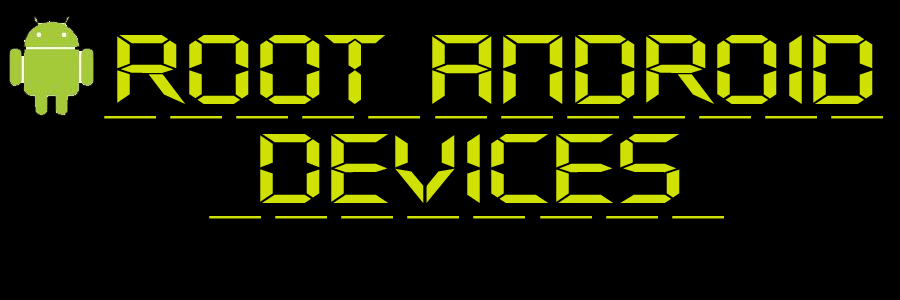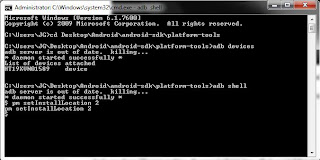How to Install ClockworkMod Recovery 5.0.2 on the Motorola Droid X
Motorola’s Droid devices have been hard to root and recover, and if they aren’t hard, then they come with their own set of requirements. The Droid X is no exception, but the benefits reaped from rooting it are endless, especially when paired with ClockwordMod Recovery. Whether you’re not very well-versed as a techie, or you’re the type of person who wants to flash things one after the other, getting ClockworkMod Recovery for your Motorola Droid X is a must.
ClockworkMod Recovery is one of the most widely used Android recoveries that are available for most mainstream Android devices. Developed by Koushik Dutta, the same man who created ROM Manager, ClockworkMod is set apart from other Android recoveries by its extremely simple setup process. Though it does require users to root their phones, once it is installed, using it is a breeze.
ClockworkMod Recovery allows you to reboot your system, apply updates from your SD Card, as well as a number of other advanced recovery, restoration, installation and maintenance operations on your Android device.
If you have a rooted Droid X and you’d like to flash custom ROMs to it, the easiest way is to do it through Clockwork Mod Recovery. Not sure what to do? No problem. We’ll help you through the simple setup process.
Before we begin, we’ll need a few things:
- A rooted Motorola Droid X
- ADB installed on your system. If you haven’t gotten it yet, we recommend that you do.
- Recovery Bootstrap app. You can get it from here.
Once you have the requirements ready, you can now proceed to installing ClockworkMod Recovery on your Droid X:
- Download the Recovery Bootstrap app (see link above) and save it to your computer. Copy the APK file to the /platform-tools folder within the Android SDK folder.
- Make sure that USB Debugging has been enabled on your device. You can do so through the path Settings > Applications > Development.
- Connect your device to your PC using the USB cable.
- Open a command prompt on your computer. If you are on Windows Vista/7, click your Start button and in the search bar, type “cmd”. If you are on Windows XP, click Run and then type “cmd”.
- Enter the following command (without the quotes) into the command prompt window: “adb push bootstrap-1.0.0.5-droid2.apk /systems/app”
- Once the file is pushed, install ROM Manager from the Android Market.
- Run the ROM Manager app.
- From within the ROM Manager app, choose to flash the latest ClockworkMod Recovery to your device.
- Once ClockworkMod Recovery has been flashed to your device, check that it has been properly flashed and is working by rebooting into recovery mode.
Congratulations! You now have ClockworkMod Recovery 5.0.2 on your Motorola Droid X.





